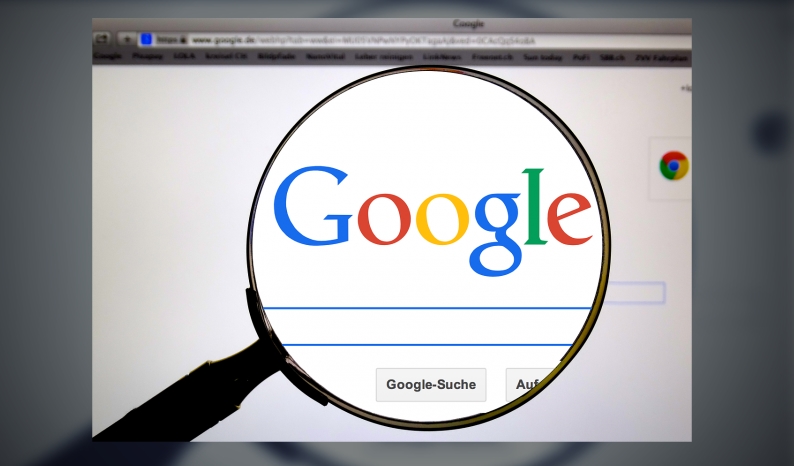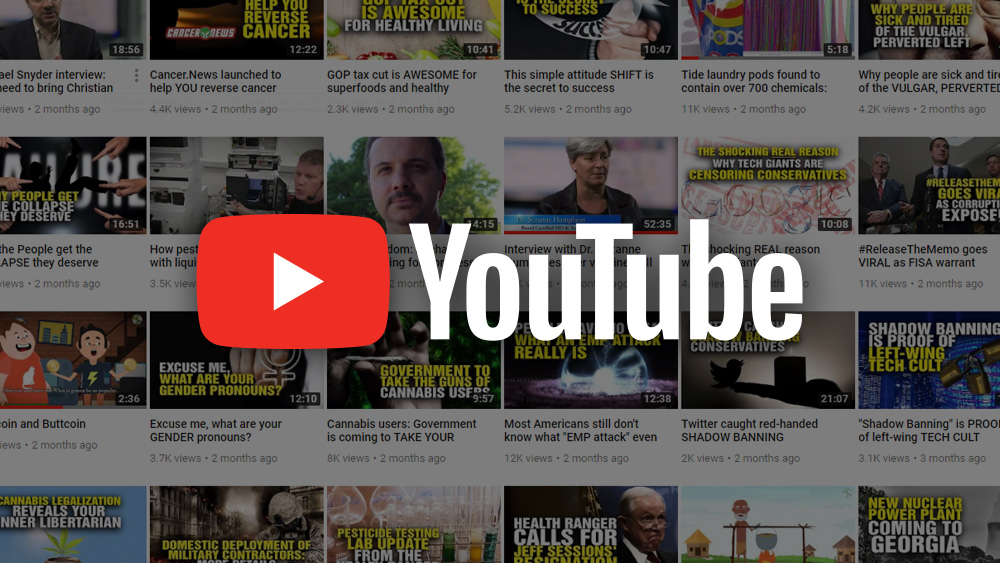Teens may be convinced to stop using their cell phones while driving if there are financial incentives: Study
05/26/2018 / By Michelle Simmons

Teens may be convinced to stop using their cell phones while driving if there are financial incentives, according to a study published in the journal Traffic Injury Prevention. The study suggested that financial incentives may be in a form of auto-insurance apps that monitor their driving behavior.
A team of researchers at the Perelman School of Medicine at the University of Pennsylvania and Children’s Hospital of Philadelphia (CHOP) conducted a survey to assess the willingness of teenagers to lessen cell phone use while driving. The research team also aimed to look at the teens’ perceptions of possible strategies to limit this behavior.
“More than half of teens in the United States admit to texting while driving, and this has become a significant public health issue leading to preventable deaths and disabling injuries,” said study lead author M. Kit Delgado, MD, an assistant professor of Emergency Medicine at Penn.
Therefore, the team contacted the parents of teenagers who had previously been seen across the CHOP Care Network and invited them to sign up their children aged 16 and 17 for a survey. A total of 153 teens met the study criteria, which included texting while driving in the previous month and driving their own car.
Results revealed that over 90 percent of the participants reported they were willing to give up reading emails, social media apps, sending messages, reading texts, and making or receiving non-hands-free calls while driving. However, more than half of them indicated that they still would want to have some control over phone functions, such as music and navigation.
In addition, nearly half of the survey participants said they text while driving for more than six days per month. This group of participants showed less willingness to give up cell phone use while driving. For instance, 73 percent reported they would not stop using navigation apps compared with just 44 percent of the overall sample.
The research team also asked the participants to think about some potential factors or strategies that could stop them from texting while driving. These included an annual insurance premium discount, or a cash reward for each week in which they do not text and drive. Most of the teens also reported that financial incentives would be very effective. However, many teenagers also said that automatic phone locking while driving would work.
In conclusion, the findings indicated that teenagers might use a “driver mode” app or phone setting that automatically blocks or limits text and call functions, at the same time enabling navigation and music functions. They would be more willing if these come together with financial incentives. Delgado suggested that offering auto insurance discounts based on their driving performance and phone use measured by in-vehicle devices or mobile apps could be a possible solution.
However, when the researchers asked the participants why they would not want to use mobile apps that monitor their driving, they mentioned an aversion to letting their parents monitor their behavior as the main reason. They believed that apps would offer this function. Yet, a modest financial incentive may be enough to outweigh such concerns. Still, Delgado noted that additional knowledge on designing interventions that balance parental engagement and acceptance by teens is still needed.
These suggestions may be helpful as a recent study found that many teens still use their phones while driving. The study published in the Journal of Adolescent Health assessed state-level cell phone laws and differences in both texting and handheld cell phone conversations among teen drivers for four years. Teen drivers reported 55 percent lesser handheld phone conversations when there were universal handheld calling bans compared to states with no bans. They also did not stop texting while driving even when universal texting bans were implemented. Moreover, bans limited to teen drivers were not effective in decreasing both handheld conversations and texting. Even with laws, around one-third of teen drivers are still using their phones while driving. (Related: Driving with a cell phone is a lot less dangerous than driving on prescription drugs.)
Read more news stories and studies on cell phone dangers by visiting EMF.news.
Sources include:
Tagged Under: adolescents, Cell Phone Dangers, cell phone laws, cell phone use, distraction, driver mode app, drivers, driving, electronic devices, financial incentives, gadgets, mobile apps, mobile devices, mobile phones, navigation apps, road safety, safe driving, safety, Smartphones, teen drivers, teenage driving, teenagers, texting, texting while driving, young adults
RECENT NEWS & ARTICLES
COPYRIGHT © 2017 GLITCH.NEWS
All content posted on this site is protected under Free Speech. Glitch.news is not responsible for content written by contributing authors. The information on this site is provided for educational and entertainment purposes only. It is not intended as a substitute for professional advice of any kind. Glitch.news assumes no responsibility for the use or misuse of this material. All trademarks, registered trademarks and service marks mentioned on this site are the property of their respective owners.




















